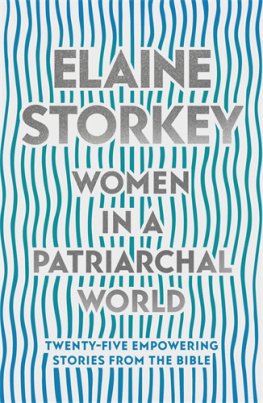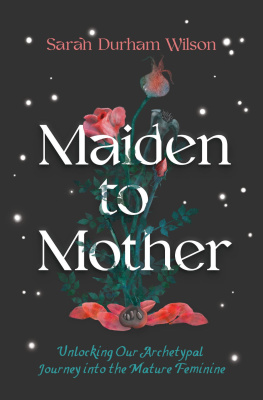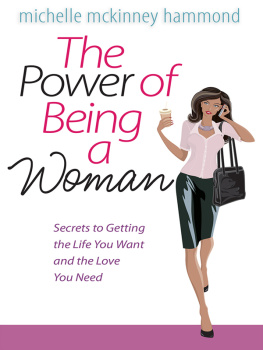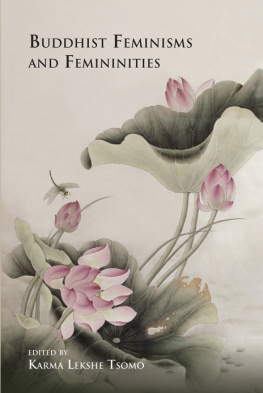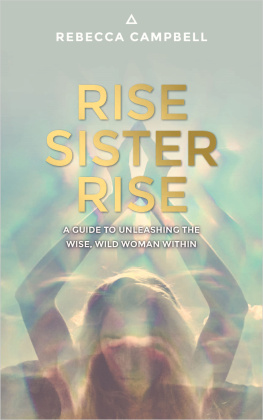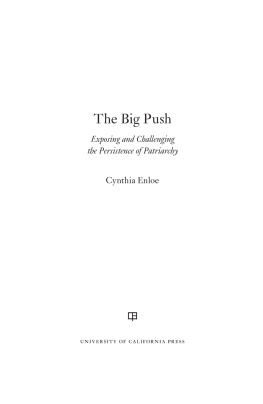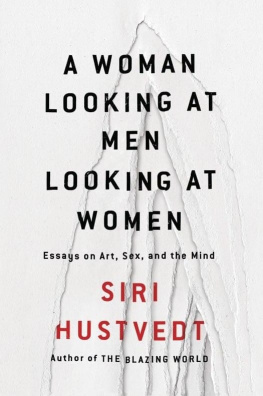
First published in 1978
This edition first published in 2013
by Routledge
2 Park Square, Milton Park, Abingdon, Oxon, OX14 4RN
Simultaneously published in the UK
by Routledge
711 Third Avenue, New York, NY 10017
Routledge is an imprint of the Taylor & Francis Group an informa business
1978 Routledge & Kegan Paul Ltd
All rights reserved. No part of this book may be reprinted or reproduced or
utilised in any form or by any electronic, mechanical, or other means, now
known or hereafter invented, including photocopying and recording, or in
any information storage or retrieval system, without permission in writing
from the publishers.
Trademark notice: Product or corporate names may be trademarks or
registered trademarks, and are used only for identification and explanation
without intent to infringe.
British Library Cataloguing in Publication Data
A catalogue record for this book is available from the British Library
ISBN: 978-0-415-53401-7 (Set)
eISBN: 978-0-203-08796-1 (Set)
ISBN: 978-0-415-63704-6 (Volume 27)
eISBN: 978-0-203-08484-7 (Volume 27)
Publishers Note
The publisher has gone to great lengths to ensure the quality of this reprint but points out that some imperfections in the original copies may be apparent.
Disclaimer
The publisher has made every effort to trace copyright holders and would welcome correspondence from those they have been unable to trace.
First published in 1978
by Routledge & Kegan Paul Ltd
39 Store Street,
London WC1E 7DD,
Broadway House,
Newtown Road,
Henley-on-Thames,
Oxon RG9 1EN and
9 Park Street,
Boston, Mass. 02108, USA
Printed by Thomson Litho Ltd,
East Kilbride, Scotland
Routledge & Kegan Paul Ltd 1978
No part of this book may be reproduced in
any form without permission from the
publisher, except for the quotation of brief
passages in criticism
British Library Cataloguing in Publication Data
Tearing the veil.
1. Women Social conditions
I. Lipshitz, Susan
301.412 HQ1206 77-30323
ISBN 0-7100-8721-7
VOILE, VELUM used in the distinction between female clothing and the male toga.
In Hindu writing the veil of Maya conceals the illusion to which this whole world is due, one of entrenched selfhood.
The Romans associated Maia with the Earth Goddess, a word that became Mamma.
Contents
Notes on Contributors
KATHERINE ARNOLD studied anthropology at Durham University and has worked in Ireland and done fieldwork in Peru. Her interest is in the relationship between anthropology and psychoanalysis. She is married and lives in Highgate, and is at present training in psychotherapy.
DANA BREEN was born in the USA and brought up in France and Switzerland. The research she carried out for her doctoral thesis and subsequent book centred around psychological changes in women with the birth of a first child. Dana Breen works as a psychotherapist. Her interests are in psychoanalysis and the psychobiological aspects of femininity.
MARY JACOBUS teaches at Oxford, where she is a fellow of Lady Margaret Hall. She has written a book on Wordsworth, Tradition and Experiment in Wordsworths Lyrical Ballads (Oxford, 1976), as well as articles and essays on Wordsworth and Hardy, and is at present working on a book about Thomas Hardy and the magazines. She has taught courses on women and fiction at Oxford and in America.
SUSAN LIPSHITZ was born in South Africa but has lived in England for sixteen years. She studied psychology at the University of Sussex and has worked in research, and as a clinician and a tutor in psychology and womens studies since. She has been active in feminist study groups reading Freud and Lacan, and is particularly interested in working in psychoanalytic theory.
MANDY MERCK was born in the USA. She studied English and Philosophy at Smith College, Massachusetts, and read English at St Hughs College, Oxford. She has worked as a researcher in history and prehistory for several English publishers and as a freelance journalist. At present she is a member of the Red Rag journal collective and works for the London magazine Time Out.
BARBARA TAYLOR is a Canadian who has lived in England for five years. She is currently active in a feminist historians group in London and is a member of the Red Rag journal collective. Her article is drawn from her research for her doctoral thesis registered at the University of Sussex entitled The Feminist Theory and Practice of the Owenite Socialist Movement.
Introduction
Susan Lipshitz
The essays in this book written by women are about femininity within patriarchal culture. The work was begun disparately by the individual writers who have a common concern with constructing a feminist approach to their work and an interest in interpreting their material in relation to the construction of sex difference. They were all asked to write within the framework offered by this book which splits up the apparent conceptual unity of femininity into the Mother, the Witch, the Whore, the Pure Woman, the Amazon and the Free Woman. Femininity is explored by the successive analyses of familiar and conventional notions that link femininity to illness, weakness, passivity, and an ambiguously valued sexuality.
Since the essays approach each element through the material of a different discipline history, anthropology, psychoanalysis and literature they do not form a unitary theory of femininity, a project which remains problematic. However we do attempt an analysis of the construction of femininity at the level of the psychic and the unconscious, exploring the possibilities of a particular kind of symbolic interpretation. Whereas anthropologists can be said to assume as givens both the universality of patriarchy, and the fact that all their material refers to the problem of women and their cultural and social containment, this is not true of other disciplines and theories. Thus this work makes the patriarchal order the context for an interpretation of the construction of sex difference and its relation to the reproductive process. We postulate a psychic level of analysis distinct from the level of social relations at which most symbolic interpretations are made. Often this is explicitly informed by psychoanalytic theory, giving a particular force to our symbolic language and to the unconscious meanings that we infer. In my introduction to each essay I emphasise this connection. However, it should be said that not all the writers began their work with a particularly Freudian orientation. Nor is that theory necessarily their central concern. We have raised a number of questions which are unanswerable here, about the relationship between these disciplines, about whether it is legitimate to use rituals, myths, polemics and art as texts for psychoanalytic or another type of symbolic interpretation, and about language and the reading of history.
The consistency of the essays lies in their methodological approach, for all work with the assumption that femininity is a meaning that is constructed and relates the feminine subject to representations of her conditions of existence and to the female body. We see the patriarchal order not only as a system of power relations but as a system of meanings in which maleness is standard and certain elements of femininity, notably its association with strength or homosexuality, are excluded. The recurrence throughout the book of the themes of possession, illness, a good and bad mother image, women described as aliens and outsiders, and the celebration or subjugation of female sexuality, might be seen as evidence for a natural and inevitable result of biological sex differences reflected at a psychological level. However, what emerges is rather the suggestion of a very subtle process of definition that insists on particular ways of being and perceiving as natural which can be interpreted as acquired. There is an indication of a consistent cultural construction of femininity for both men and women that we see referred to and constructed by certain practices childbirth, prostitution, possession, literature, history and feminist politics discussed in the book. Each element of femininity as expressed in the cultural stereotype is then examined as an ideological element independent of biological and economic factors. It was this psychic level of analysis that Freud argued ought to be recognised when he wrote


